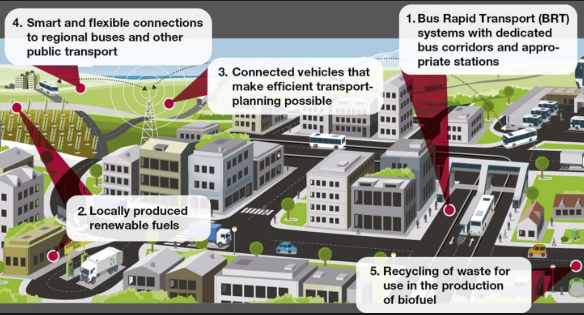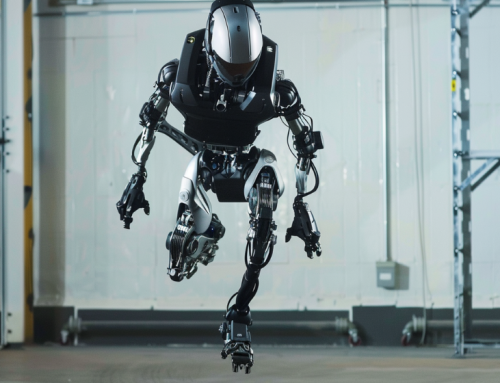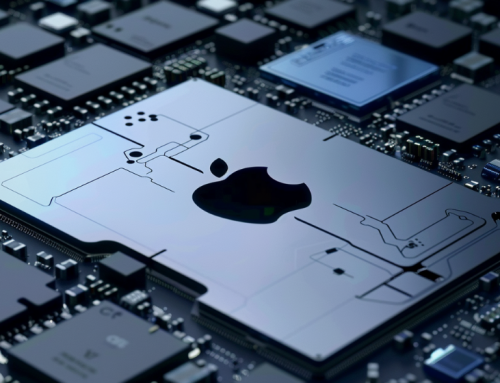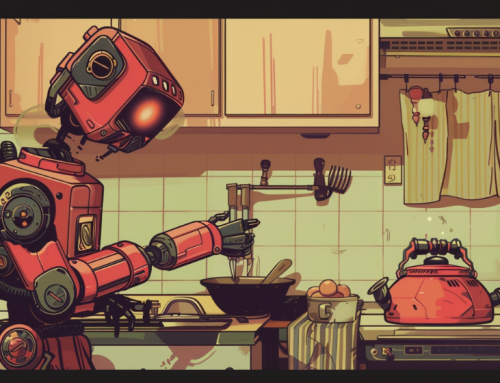
Smart cities will need smart transportation, according to Scania Group, a global provider of sustainable public transit.
The Possibilities of AI Solutions in Smaller Hometowns
In the region I live in, the local population exceeds 100,000 people. The four cities and towns aren’t small, but they’re also not big. Middle-sized, maybe. We have a Wild West heritage, and a patriotic fervor that can’t be easily matched by other similarly sized towns in America. However, we have no public transit system except taxis and a small county run bus line that makes long slow passes through a group of small towns spread a few miles apart.
Despite being home to a major aeronautical and high-tech university in Prescott, few economic opportunities are available to keep graduates in the area. A small airport lacks commercial airline service. The towns are surrounded by cattle ranches and are home to a few small manufacturers, including a window producer, a well-known firearms manufacturer and distilleries that bottle mead, beer and hard liquor.
I could go on about the paradoxes that exist in our little western city, but I want to focus on the possibilities of making it a smart city, like those in places like Dubai, China and Seattle. Nearly every field of business is experiencing miraculous changes, encouraged by the onset of AI, IoT, VR and AR. Autonomous cars and buses will also bring in change in Arizona and elsewhere.
The merger of the Old West and new tech could be what it takes to bring Prescott, the city, to the next level, without anyone feeling cheated or left out of this new way to do business. Business has seems based on an “in order for me to succeed you must fail” mindset. Technology can even that playing field, and make it a profitable experience for all involved.
The partnership of business and today’s technology should be used to update everything. That includes reaching potential tourists to come see Whiskey Row and the saloon that the Earps and Doc Holliday frequented, or to enjoy hundreds of miles of hiking trails. With the addition of few CPUs, the tourists cannot only enjoy the sidewalks where the outlaws once tread, but they can learn the intriguing details through connected media projects in ways that will mean far greater economic results for the community and for the tourist businesses in particular. But exposing tourists to a coordinated media wave can offer services in places where the visitors’ eyes are sure to see them. I have seen this at work already on vacation.
Special travel videos of cities I’ve visited run in a loop on the hotel TVs. The video shows things to see, do, and spend money on. These videos can now be shared in every media platform and tailored to fit customers. The new tools that can be syncopated are astounding. If tourists are not sure if they want to hike to a site or take a ski run down a particular mountain, hi def video kiosks can show them the top of the mountain, or take in the sweep the plain that is part of the area’s attraction. This may convince customers to stay that extra day or go ahead and buy the lift ticket they were once hesitant to purchase.
Walking tours around the historic downtown streets can be loaded with AR facts, figures, and funny quips that make the visits even more memorable on recordings or videos and taken home with the visitor. It could be a big win for the Chamber of Commerce, costing little.
Another opportunity to marry our little town and today’s modern tech comes on the heels of the new 10,000 home subdivision that’s being built northwest of town. It will almost double the current population of the city when it’s fully complete and populated. Having AI to crunch all the water numbers, traffic numbers, construction needs and more, will make it work. The limited amount of water, road surfaces and employment opportunities will all have to be expertly managed right down to the last drop of the area’s limited water resources.
We are going to need innovative ways to carry out combinations of needs versus wants. The city is 90 miles away from a major southwest metropolis and has in some ways already become a “bedroom community” for that city. However, our street and highway infrastructure is suffering much the same as the rest of the nation. It’s old and expansion should have been planned, funded, and constructed years ago. The current interstate highway running north and south is often locked up in both directions due to heavy traffic and accidents. Without new lanes or possibly an improved bypass route between cities, we can plan on problems worsening.
The power of AI can solve many of these issues. It can create engineering solutions and end many of the wasteful practices in workflow and schedules. For example, robotic brick layers and their algorithms have indeed cut in half the time needed to build a wall or even a house’s entire foundation. They produce huge savings in time and money for contractors that invest in using this technology.
I believe the advancements in technologies like AI, robotics and blockchain that have been flying out of the labs of Silicon Valley, Toronto are going to make small cities like ours more livable, too.







Leave A Comment